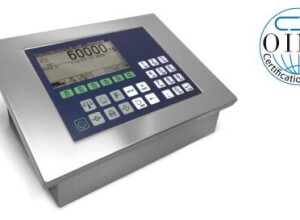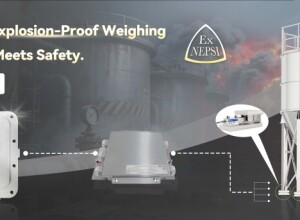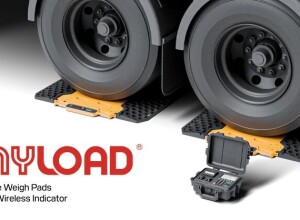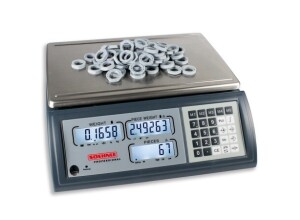Weighing FAQ: Answers to All Your Questions
This FAQ covers everything about weighing—from home scales to industrial systems, calibration, standards, and advanced technologies like AI and IoT.
General Questions
Q: What is weighing?
A: Weighing is the process of measuring the mass or weight of an object using instruments called scales or balances.
Q: Why is accurate weighing important?
A: Accurate weighing ensures fairness in trade, compliance with regulations, safety in transport, precise recipes, and reliable scientific data.
Q: What are the main types of weighing instruments?
A: They include mechanical scales, electronic scales, analytical balances, platform scales, truck scales, and weigh-in-motion systems.
Q: What is the difference between weight and mass?
A: Mass is the quantity of matter in an object (kilograms, grams), while weight is the force due to gravity acting on that mass (newtons or kgf).
Home and Personal Scales
Q: What types of scales are used at home?
A: Kitchen scales, bathroom scales, and smart scales that can connect to apps or track body composition.
Q: How can I ensure accurate readings at home?
A: Place the scale on a flat, hard surface, calibrate if possible, and use the tare function for containers.
Q: Are smart scales accurate?
A: Yes, for weight tracking. Body composition readings may vary slightly depending on hydration and placement.
Laboratory & Medical Scales
Q: What is an analytical balance?
A: A high-precision scale used in laboratories to measure very small masses accurately, often down to milligrams or micrograms.
Q: What types of medical scales exist?
A: Digital, mechanical, chair/wheelchair scales, baby/pediatric scales, and smart health scales for connected monitoring.
Q: How often should lab and medical scales be calibrated?
A: Frequency depends on usage and regulations, but regular calibration is essential to ensure accurate and reliable readings.
Industrial & Transport Scales
Q: What are platform and floor scales?
A: Heavy-duty scales for weighing pallets, crates, and large objects in warehouses, factories, and logistics facilities.
Q: What is a weighbridge or truck scale?
A: Large scales used to weigh vehicles, trailers, and heavy equipment for legal trade, transport safety, and payload verification.
Q: What is a Weigh-In-Motion (WIM) system?
A: A system that measures vehicle weight dynamically while the vehicle is moving, commonly used on highways and toll roads for traffic monitoring and regulatory compliance.
Calibration & Standards
Q: What is calibration?
A: The process of adjusting a scale to match known standards to ensure accurate readings.
Q: What is traceability?
A: Linking measurements to national or international standards through an unbroken chain of comparisons.
Q: What are legal-for-trade scales?
A: Scales certified by regulatory authorities for commercial transactions to guarantee accuracy and fairness.
Technology & Innovation
Q: How is AI used in weighing?
A: AI can improve accuracy, predictive maintenance, automated sorting, data analysis, and anomaly detection in weighing systems.
Q: What is IoT in weighing?
A: Internet-connected scales send real-time data to cloud platforms, enabling monitoring, reporting, and integration with business systems.

























